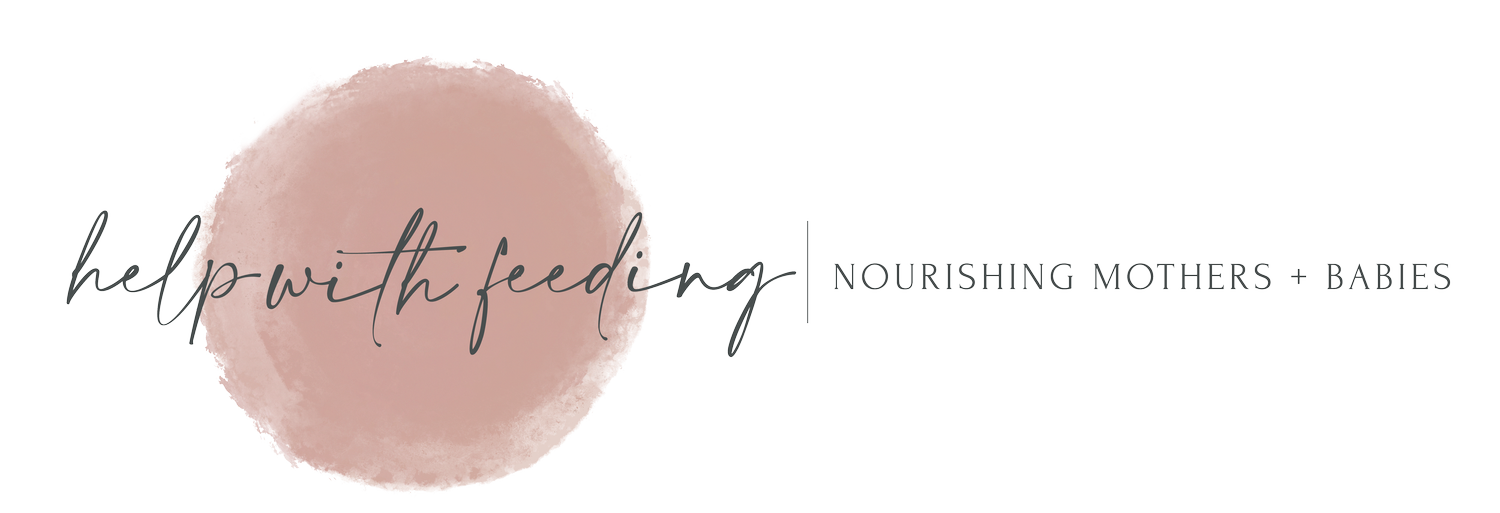3 Tips to Help Your Breastfed Baby Take a Bottle
Whether breastfeeding has been a breeze or you worked really hard to get where you are with feeding, parents are often hesitant to introduce a bottle too early. HOWEVER, there is one bit of information about infant development that can have a huge impact on bottle acceptance. Between the ages of 2-3 months, the sucking reflex diminishes which means that feeding is no longer reflexive and becomes a voluntary process for your baby. That means that even if your baby took a bottle easily at the age of 6 weeks, she is now able to communicate her preference for the breast and may refuse the bottle she once took!
After helping SO MANY different parents and babies through this stressful process, here are our top 3 tips on supporting bottle acceptance in your breastfed baby:
1. Change your mindset and those of other feeders. Your baby is NOT being stubborn or difficult, she really doesn't feel comfortable with this new feeding situation. Not only is there a change of feeder most of the time (advice is typically to NOT have mom offer the bottle), but the breast is being replaced by an artificial nipple, requires a slightly different sucking pattern, and often is accompanied by a less responsive feeding approach (i.e., repeatedly offering the nipple while baby is crying or even sometimes gagging). Feeding is about TRUST and offering a bottle to a breastfed baby who is struggling is most often riddled by anxiety in both the feeder and the baby.
2. Change the feeding position to make it more neutral. Position your baby in a reclined high chair or lying back slightly on a couch cushion or Boppy pillow. Consider how it might feel for her if she is being held while upset with the bottle being offered repeatedly - it likely feels coercive and overpowering. Being face-to-face allows you to see her response, engage her in a positive social interaction with encouragement, and observe how she is tolerating any sips of milk that get in her mouth.
3. Focus on QUALITY not quantity. Every feeding experience should be positive and free of pressure. You can try offering a small amount of milk in a bottle DURING a breastfeeding session (but be sure not to make it seem like you are tricking her by sticking a bottle in her mouth when she opens for your breast). OR try offering 1/4 - 1/2 ounce in a bottle 30-60 minutes before or after a nursing session (as you would with solids to avoid offering a new feeding method to a "hangry" baby). You can also offer sips of milk from a spoon or tiny cup to work on helping your baby become comfortable learning to swallow milk without the breast in her mouth. With the bottle, allow her to chew on the nipple and express milk that way initially. These methods will all help her learn the "fill and swallow" process outside what she intrinsically knows how to do during breastfeeding. The key is to keep these trials brief and only continue until she indicates she is done through vocalizing in protest or turning away (it should NEVER end in crying hysterically!). Your initial goal should not be consecutive sucking on the nipple, especially if any gagging is observed.
The moral of this story is, set your expectations low and allow yourselves time to work through this. This may mean that your baby only takes very small amounts of milk while at daycare during the first several days she is there however, if done in the correct manner with a foundation of trust and respect, your baby will likely progress gradually and safely.
For my step-by-step guide to overcoming bottle refusal, head here and start making changes today!
#bottlefeeding #workingmom #responsivefeeding #breastfeeding


